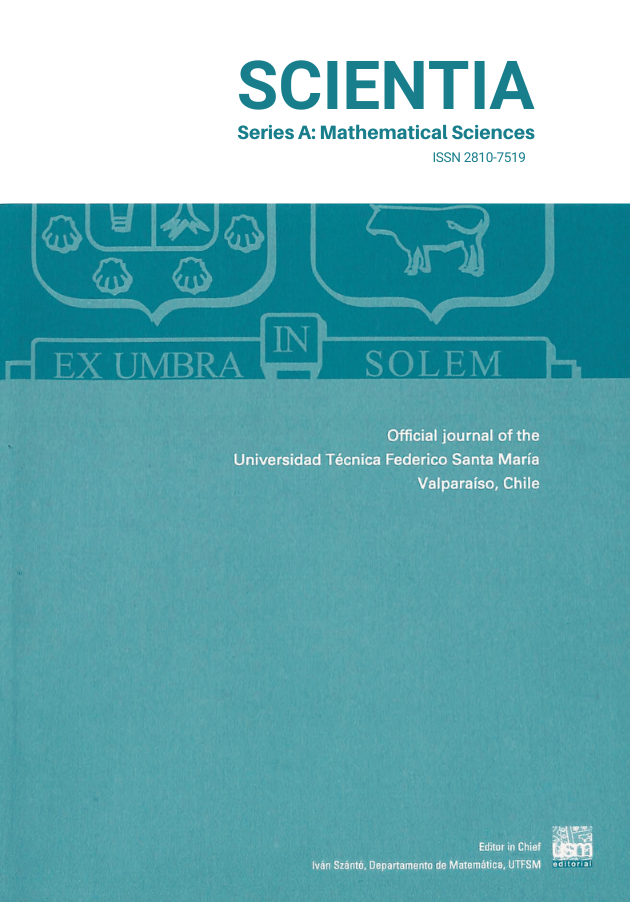Published 2010-09-03
Keywords
- QTAG-module,
- Semi \(h\)-pure Submodule,
- Kernel of \(h\)-purity,
- \(h\)-pure hull and \(h\)-dense Submodule
Copyright (c) 2025 Scientia Series A: Mathematical Sciences

This work is licensed under a Creative Commons Attribution-NonCommercial 4.0 International License.
How to Cite
Abstract
The study of QTAG-modules was initiated by Singh [9]. The structure theory of such modules has been developed on similar lines as that of torsion abelian groups. Different concepts and decomposition theorems have been done for QTAG-modules by a number of authors. The purpose of this paper is to study the semi \(h\)-pure submodules of QTAG-modules and their characterizations. The concept of semi \(h\)-pure submodules is introduced by A. Mehdi [7]. A submodule \(N\) of a QTAG-module of \(M\). It is well l known that all submodules of \(M\) are semi \(h\)-pure if and only if \(M\) is a direct sum of a \(h\)-divisible and a bounded submodule. In [6], Khan introduced an invariant for every submodule \(N\) of \(M\) and for every non-negative integer \(n\), denoted by \(Q_n (M, N)\). Here we obtain a necessary condition on a submodule \(N\) to be a semi \(h\)-pure submodule of \(M\). This condition turns out to be also sufficient if \(N\) is an almost \(h\)-dense submodule of \(M\). But, in general, this condition is not sufficient. For example, if \(N\) is a subsocle of \(M\), then \(Q_n(M, N) = 0\) for all \(n \geqslant 0.\) However, it is known that \(N\) is not necessarily a semi \(h\)-pure submodule.
In section 2, we introduce a new invariant for every submodule \(N\) of \(M\) and every non-negative integer \(n\), denoted by \(P_n (M, N)\). This invariant gives a sufficient condition on a submodule to be a semi \(h\)-pure submodule of \(M\). But, in general, this condition is not necessary. Here we also give some interesting properties of \(P_n (M, N)\) and the relation between \(Q_n (M, N)\) and \(P_n (M, N)\).
In section 3, we give a new characterization of kernels of \(h\)-purity in terms of \(P_n (M, N)\) In view of this characterization, it is clear that \(N\) satisfies the necessary condition that \(Q_n(M, N) = 0\) for all \(n \geqslant 0.\)
In section 4, we establish a sufficient condition for a submodule to be a semi \(h\)-pure submodule i.e. If \(P_n (M, N) =0\) for all \(n \geqslant k\), then \(N\) is semi \(h\)-pure submodule. Furthermore, we have \(N\) is \(h\)-pure in \(M\) if \(k =0\) and \(N\) is kernel of \(h\)-purity in \(M\) if \(k =1\).







